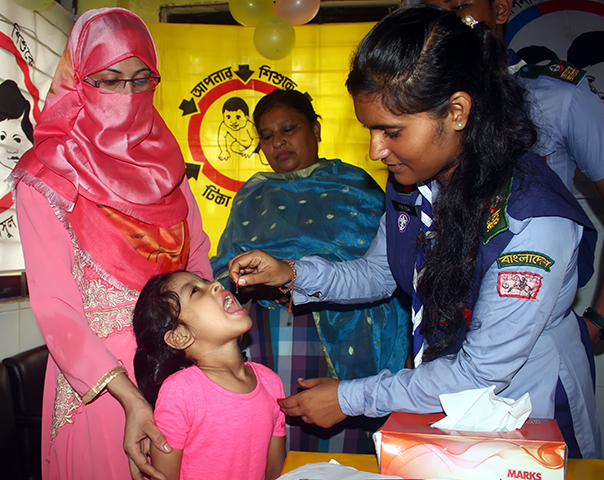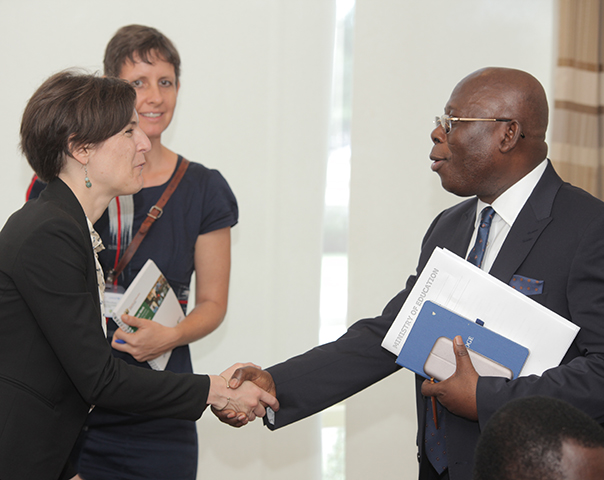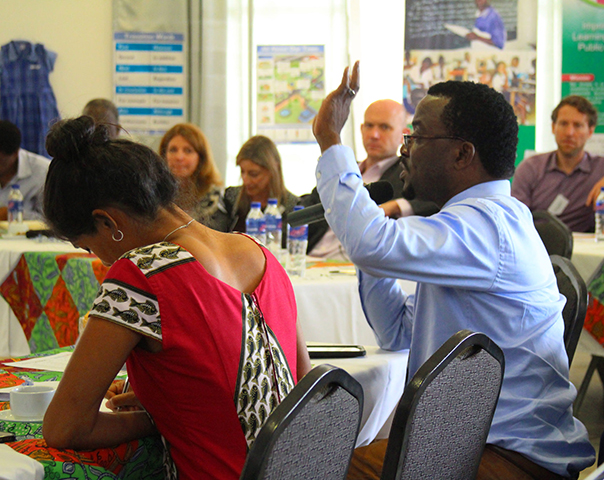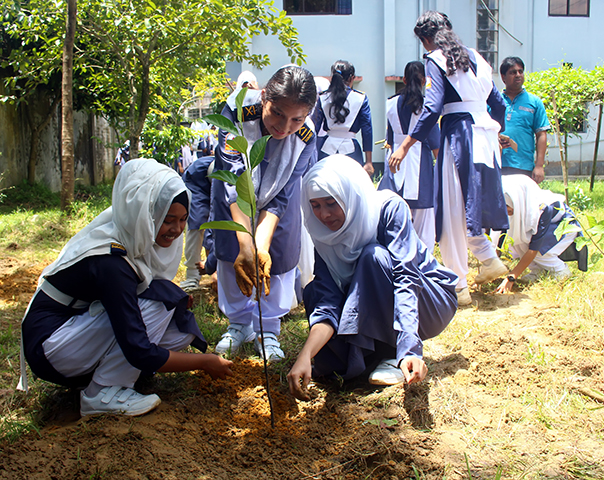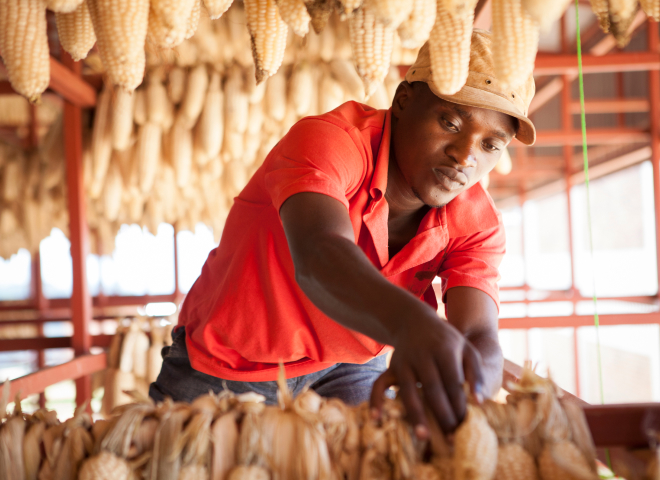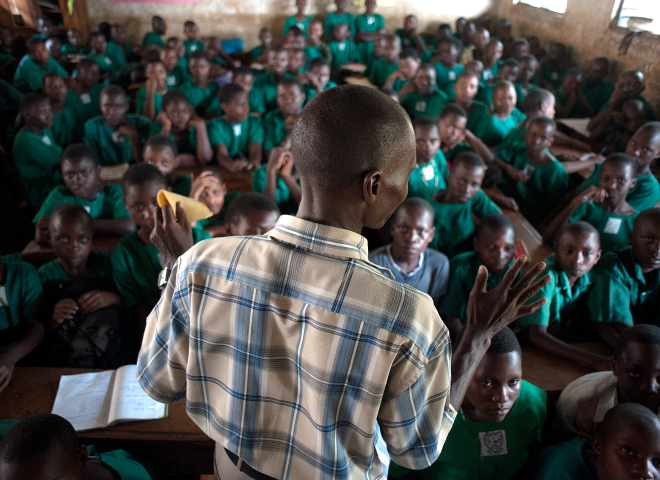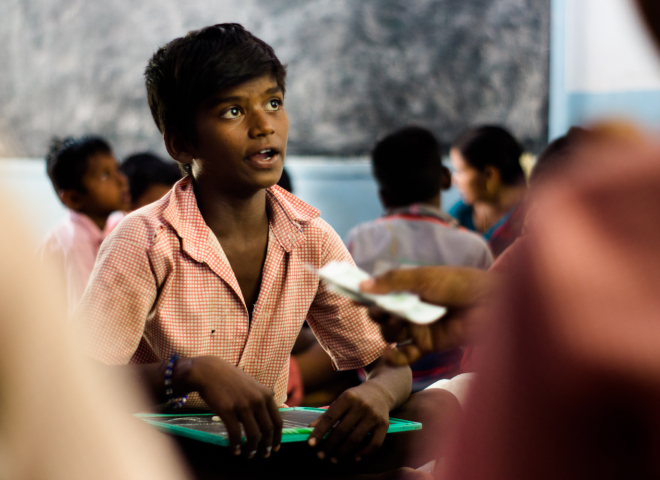Understanding Migration's Impact on Early Childhood Development in the Northern Triangle
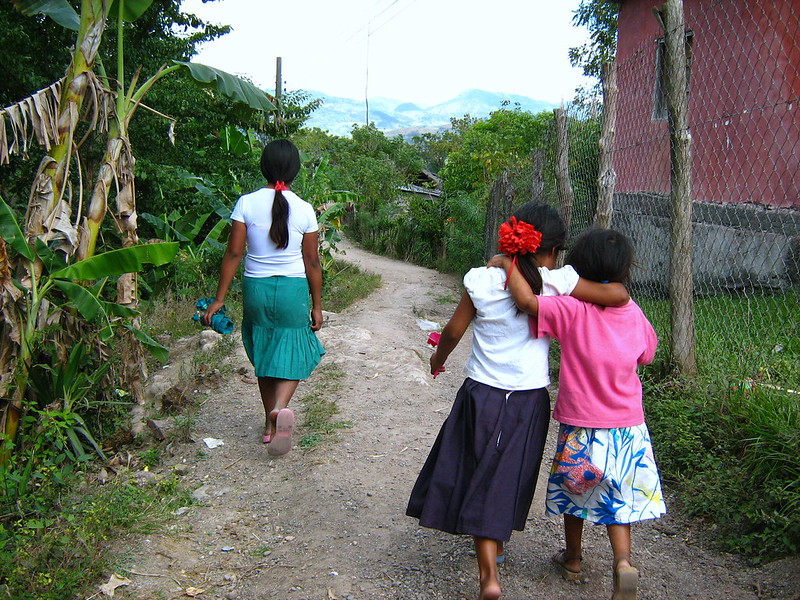
Researchers, in collaboration with IPA, are examining the impact of migration on early childhood development for children who have experienced migration, either through their own migration or that of their parents.
In recent years, migration from Central America to the United States has surged, with large migrant caravans of thousands traveling from Central America through Mexico to reach the U.S. Despite a substantial body of literature on the impact of parental migration on children left behind, the differences between permanent versus temporary parental migration on children’s outcomes remain a critical yet under-explored area. These different types of migration strongly influence parents’ expectations about the value of investing in their children’s education, in turn affecting children’s educational outcomes.
To address the limited understanding of migration's impact on early childhood development, researchers and IPA are conducting a study to compare the development of children who have experienced migration—either through their own or their parents’ migration—with a closely matched group of children who have not experienced migration but are, on average, very similar. In collaboration with the Ministry of Education of El Salvador, researchers will conduct an exploratory census survey to identify households for the study. Both groups of households (those with children who have experienced migration and those who have not) will complete a phone survey to evaluate the children’s development. This will be complemented by cross-referencing administrative data related to test scores and standardized tests to find relationships between cognitive development and parental migration.
Results of this project are expected in 2025.
Research Partners
 | 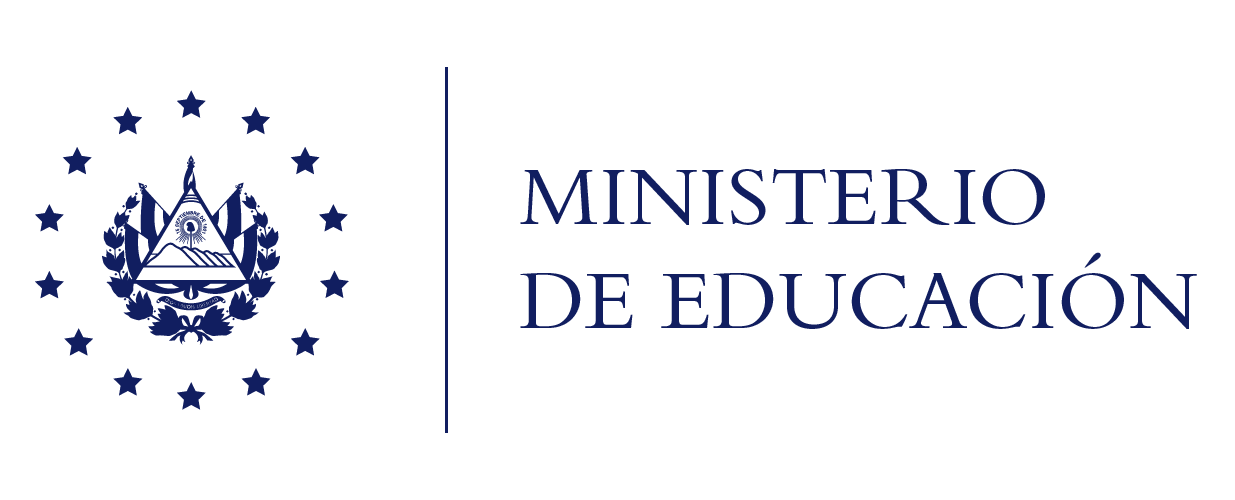 |





